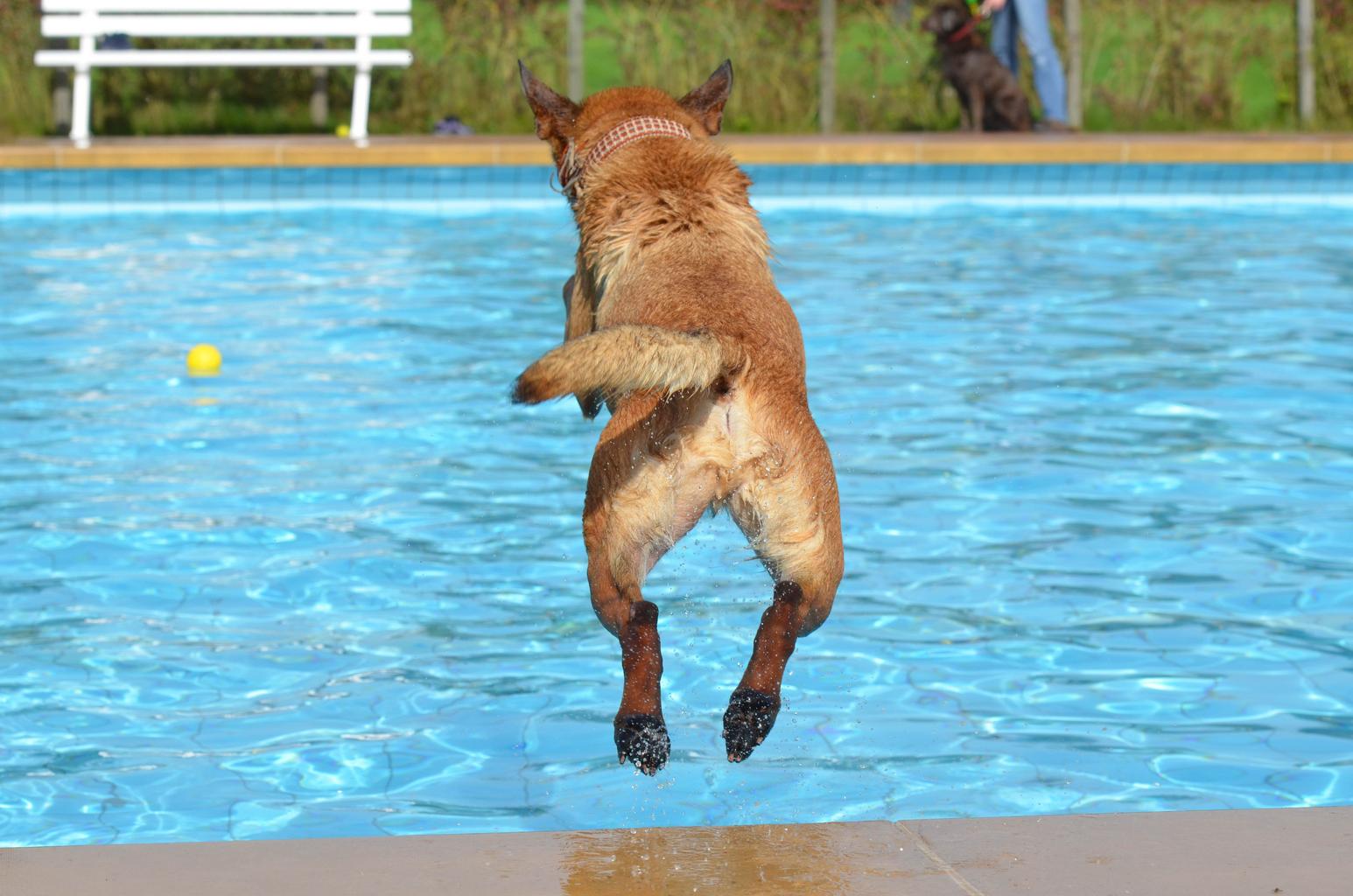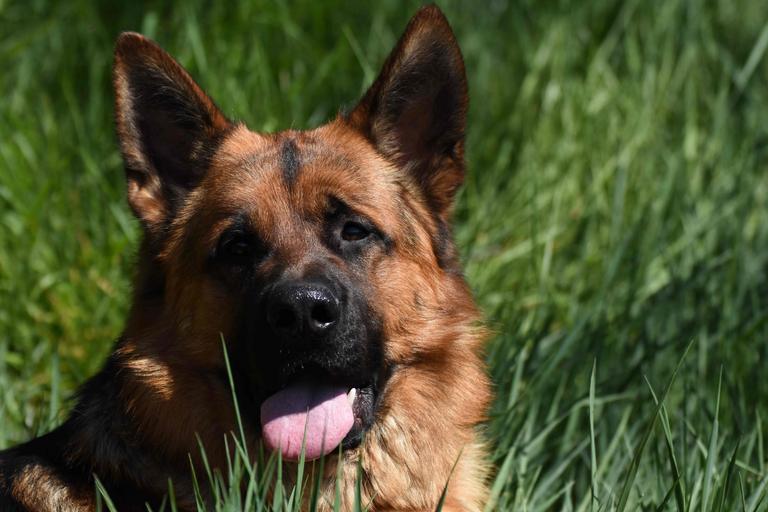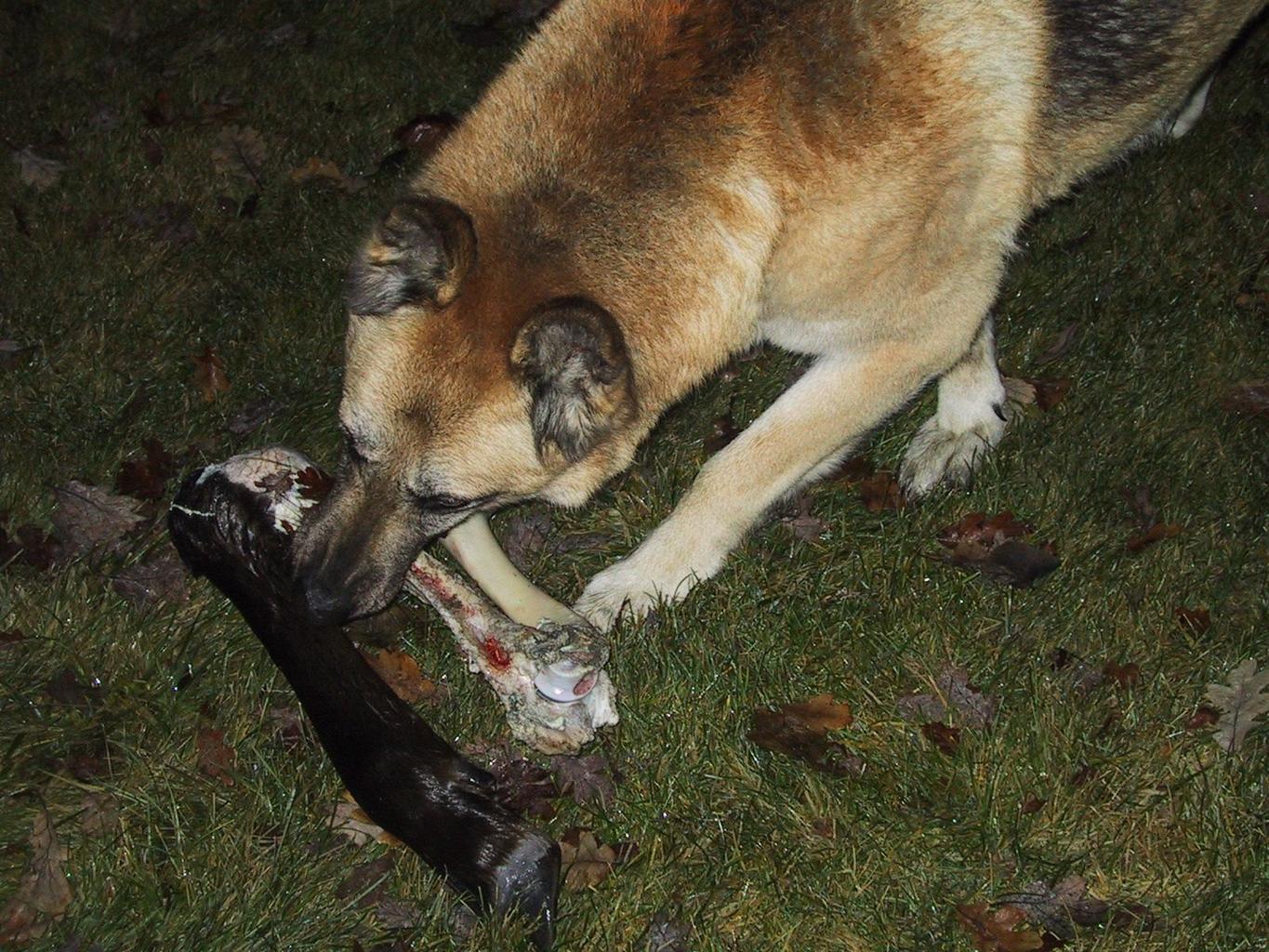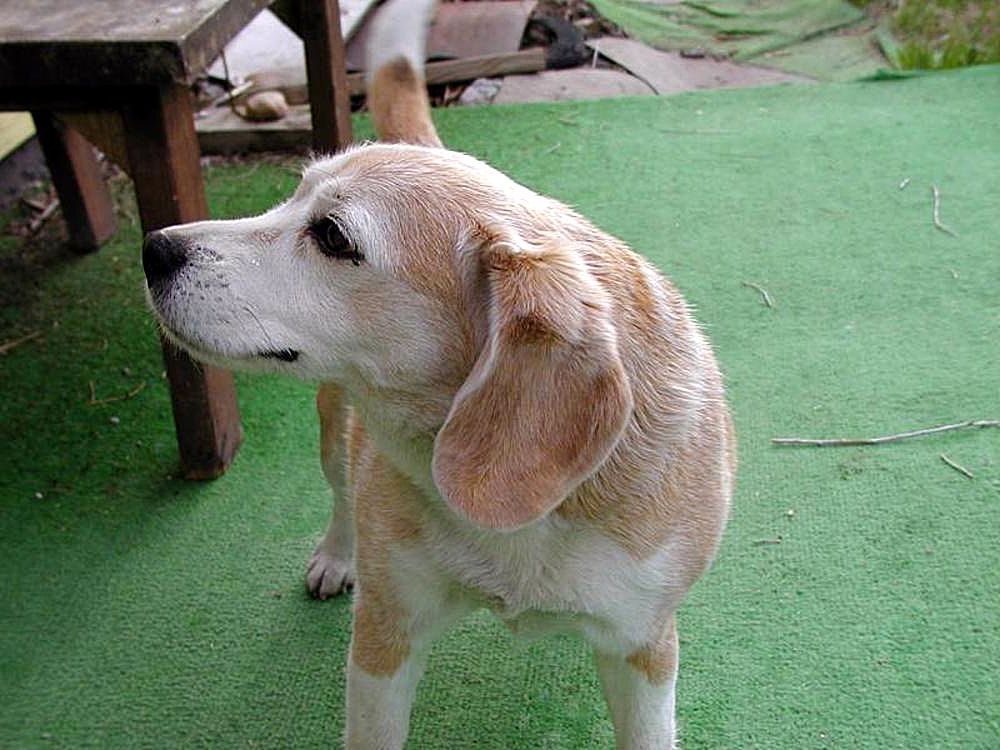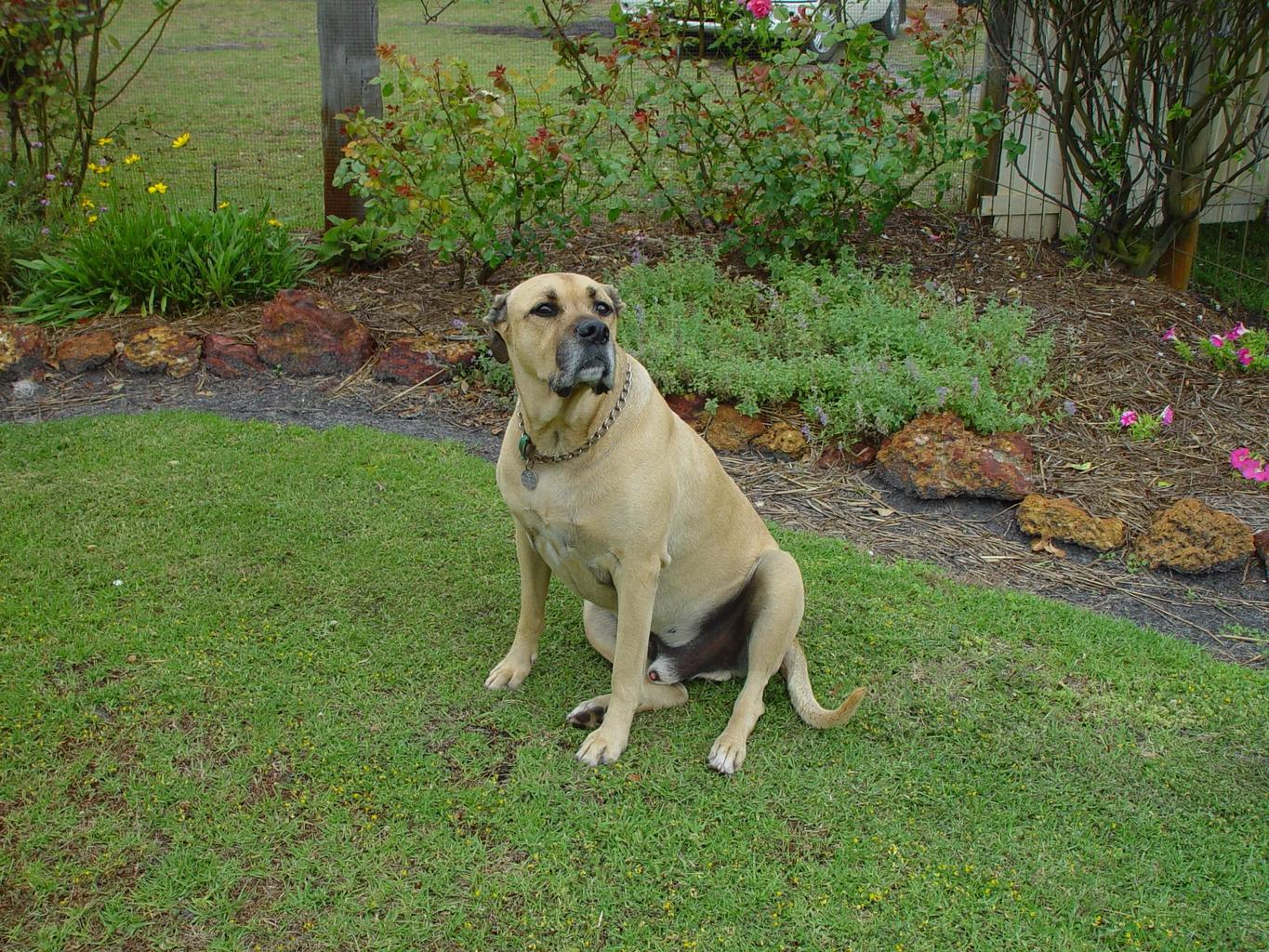Dogs are known for their loyalty and playfulness. They bring joy and happiness to our lives. However, as much as we love them, we have to be cautious of potential dangers that can harm them. From poisonous foods to hazardous toys, the threats are many. This article aims to help you spot and prevent doggie danger.
Doggie Danger: Spot it Before it’s Too Late!
Identifying potential hazards is the first step in preventing doggie danger. Some of the most common dangers include toxic foods, choking hazards, and dangerous substances like cleaning products. Keeping your dog away from these hazards is crucial to their safety.
It’s not just physical dangers that we have to be wary of, though. We also need to keep an eye out for behavioral issues like aggression or anxiety. These issues can be caused by various factors, including lack of socialization, fear, or medical conditions. Recognizing the signs of these issues and addressing them promptly can help prevent harm to both your dog and others.
Sometimes, danger can come from unexpected sources. For example, if you have a garden, some plants may be toxic to dogs. It’s essential to research the plants in your garden and make sure they are safe for your furry friend. Similarly, if you have a pool or live near a body of water, make sure your dog knows how to swim and always supervise them when they’re in or near the water.
Save Spot: Tips to Keep Your Furry Friend Safe!
Preventing doggie danger is not rocket science, but it requires being alert and proactive. Here are some tips to help you keep your dog safe:
- Keep toxic foods and substances out of reach: Chocolate, grapes, onions, and cleaning products are just a few examples of things that can be harmful to dogs. Make sure to store them in secure cabinets or high shelves.
- Choose safe toys: Toys that are too small or have sharp edges can be choking hazards. Look for toys that are designed specifically for dogs and are appropriate for their size and chewing habits.
- Stay up to date with vaccinations: Vaccinations can protect your dog from dangerous diseases like rabies and distemper. Make sure to follow your veterinarian’s recommendations for regular check-ups and vaccinations.
- Train your dog: Socialization and obedience training can help prevent behavioral issues like aggression or anxiety. It’s also essential to teach your dog basic commands like "come" and "stay" to keep them safe in different situations.
- Supervise your dog: Whether you’re at home or in public, always supervise your dog. This way, you can intervene if they get into something they shouldn’t or if they show signs of discomfort or anxiety.
Our furry friends rely on us to keep them safe and healthy. By being aware of potential dangers and taking preventive measures, we can help prevent doggie danger and ensure our dogs live long, happy lives. Remember, if you’re ever unsure or concerned about your dog’s safety, don’t hesitate to consult your veterinarian or a professional dog trainer.
